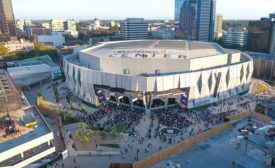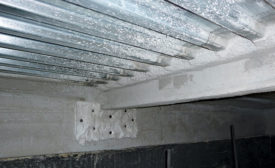Articles by Nadine M. Post
Equipment Tracks & Trends
Floating Crane on Job in NYC's East River Has a Storied Past of Cold War Intrigue
Read MoreConstruction Methods
Rockefeller University Team Takes Modular Delivery to New Lengths
Riverside high-flying acts for Manhattan research building move modular delivery into the 21st century
Read More
Steel Floor Assembly Tests Fuel Dispute over Fire-Protection-Material Needs
Steel groups at odds with fire-protection-materials interests over code compliance for structural-steel floor assemblies
Read More
The latest news and information
#1 Source for Construction News, Data, Rankings, Analysis, and Commentary
JOIN ENR UNLIMITEDCopyright ©2025. All Rights Reserved BNP Media.
Design, CMS, Hosting & Web Development :: ePublishing








